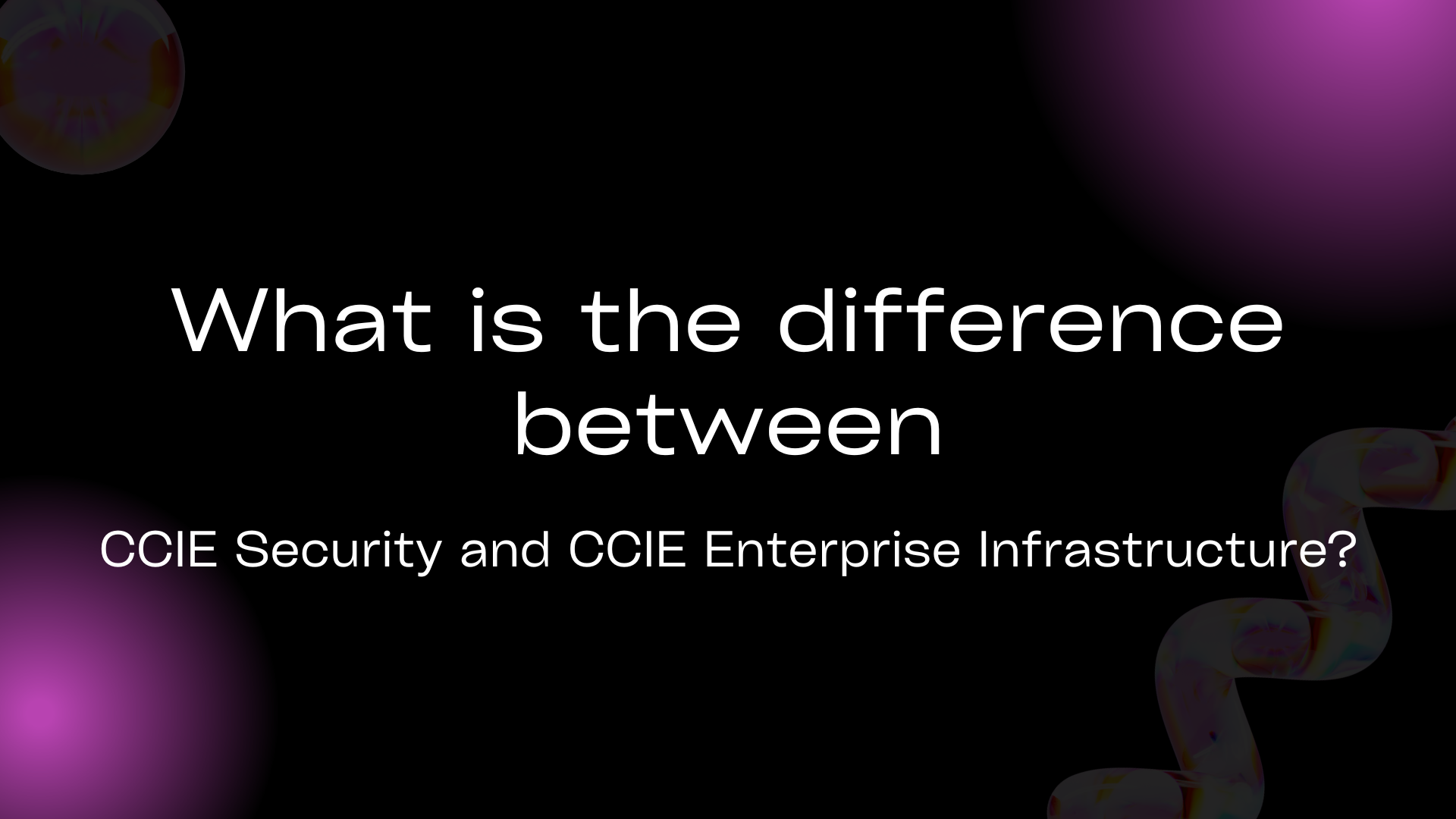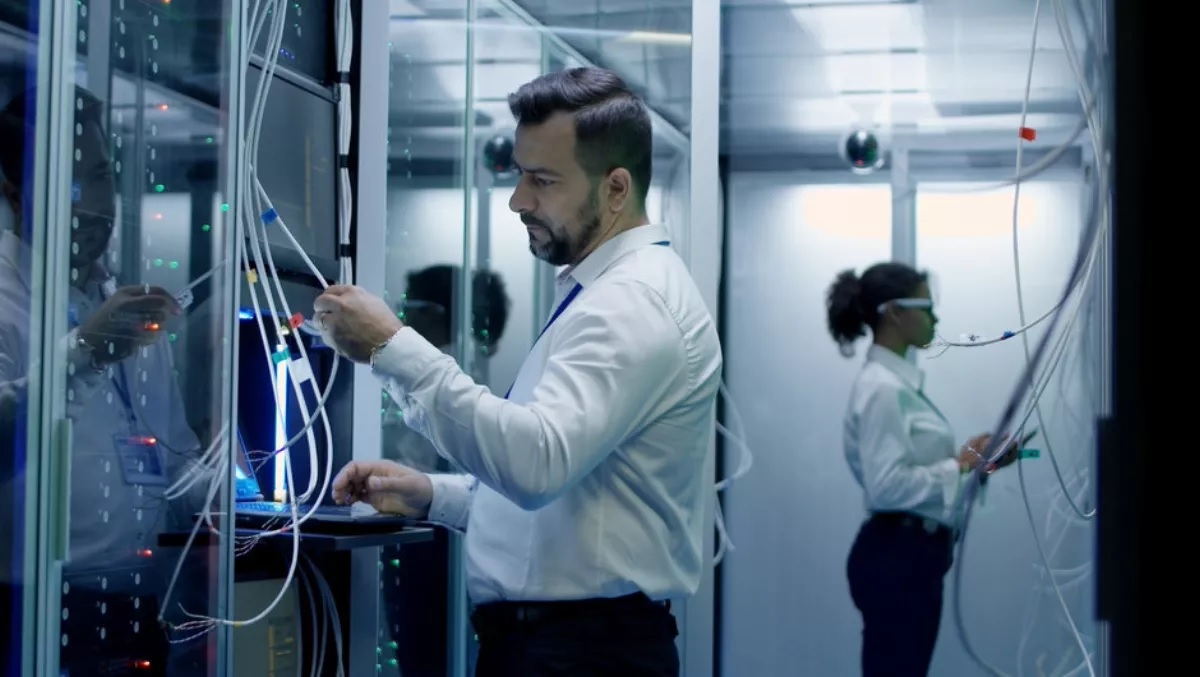DRM for Virtual Events: Ensuring Content Security

In the dynamic landscape of virtual events, where the global shift towards online gatherings continues to accelerate, the integration of Digital Rights Management (DRM) becomes paramount for ensuring content security. As virtual events encompass a diverse array of content—from presentations and live streams to interactive sessions—protecting intellectual property and controlling access is a multifaceted challenge. This article explores the significance of DRM in the realm of virtual events, addressing the unique considerations and strategies for ensuring robust content security in the digital event space.
- The Pervasiveness of Virtual Events:
- Digital Imperative: Virtual events have become integral to global connectivity.
- Security Focus: As virtual events gain prominence, the need for DRM to secure the diverse content shared during these gatherings becomes a critical focus for event organizers.
- Protecting Presentation Materials:
- Digital Imperative: Presentation materials are core components of virtual events.
- Security Focus: DRM protected content safeguards presentation materials by controlling access, preventing unauthorized downloads, and ensuring that intellectual property remains protected during and after the virtual event.
- Securing Live Streams and On-Demand Content:
- Digital Imperative: Live streams and on-demand content are vulnerable to piracy.
- Security Focus: DRM solutions offer encryption and access controls, preventing unauthorized distribution or recording of live streams. This ensures that on-demand content remains within the intended virtual event ecosystem.
- Access Controls for Participant Engagement:
- Digital Imperative: Virtual events thrive on participant engagement.
- Security Focus: DRM enables granular access controls, allowing event organizers to define participant privileges. This ensures that only authorized individuals can access specific content, fostering a secure and controlled environment.
- Watermarking for Traceability:
- Digital Imperative: Virtual event content needs traceability.
- Security Focus: Watermarking, a key element of DRM, provides traceability by embedding invisible identifiers into content. This discourages unauthorized sharing and ensures accountability for any breaches.
- Integration with Virtual Event Platforms:
- Digital Imperative: Seamless integration is crucial for user experience.
- Security Focus: DRM solutions must integrate seamlessly with virtual event platforms. This integration ensures that security measures do not hinder the overall user experience, promoting a balance between robust protection and accessibility.
- Dynamic DRM Policies for Evolving Events:
- Digital Imperative: Virtual events evolve dynamically.
- Security Focus: Dynamic DRM policies adapt to changing event structures. Whether it’s adjusting access controls for different sessions or updating encryption protocols, dynamic policies cater to the evolving nature of virtual events.
- Collaboration with Event Organizers and Content Creators:
- Digital Imperative: Event organizers and content creators are stakeholders in content security.
- Security Focus: Collaborative efforts between DRM providers, event organizers, and content creators strengthen overall security measures. Understanding the unique requirements of each virtual event ensures tailored DRM video protection strategies.
- User-Friendly DRM Implementation:
- Digital Imperative: Attendees should experience seamless content access.
- Security Focus: User-friendly DRM implementation is essential. Attendees should navigate virtual event platforms effortlessly while being unaware of the robust security measures in place, creating a positive user experience.
- User Education on DRM Guidelines:
- Digital Imperative: Attendees may be unfamiliar with DRM protocols.
- Security Focus: Educating attendees on DRM guidelines fosters a sense of responsibility. Clear communication about the importance of respecting DRM measures contributes to a secure and respectful virtual event environment.
Conclusion
As virtual events become an integral part of global communication, the role of DRM in ensuring content security cannot be overstated. From protecting presentation materials to securing live streams and fostering participant engagement, DRM strategies play a pivotal role in creating a secure and controlled virtual event ecosystem. By embracing dynamic policies, collaborating with stakeholders, and implementing user-friendly solutions, the digital event space can thrive securely in the era of virtual connectivity.


